Melbourne is an incredible destination to visit. Whether you're here for the nightlife, culture or sports - there are plenty of activities to enjoy. One of the most sought-after attractions is the Royal Exhibition Building, a UNESCO World Heritage Site and Australia's oldest exhibition building.
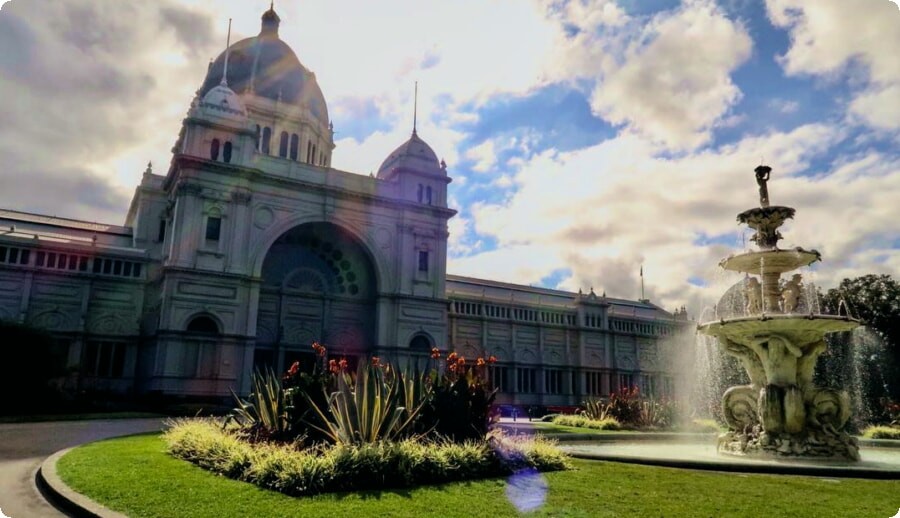
One of Melbourne's most captivating landmarks is Federation Square, an iconic building home to several attractions like the Ian Potter Centre and Australian Centre for Moving Image. Additionally, there are plenty of restaurants, bars and cafes around here as well. Federation Square's design has caused much debate, yet it remains a popular destination for both tourists and residents alike. It hosts various events throughout the year such as festivals, sports matches and theatre performances.

At Fed Square, you'll find a range of buildings lining the central plaza area featuring deconstructivist style architecture that pays homage to Melbourne's historic and traditional laneways. Inside these structures are separated by glazed gaps which symbolise each laneway found on Melbourne's old streets. In addition to its deconstructivist architecture, you'll also notice a lot of these buildings are covered in metal surfaces with angular slots reminiscent of the Jewish Museum in Berlin. Another striking aspect is the three shards that divide the plaza from the Yarra River.
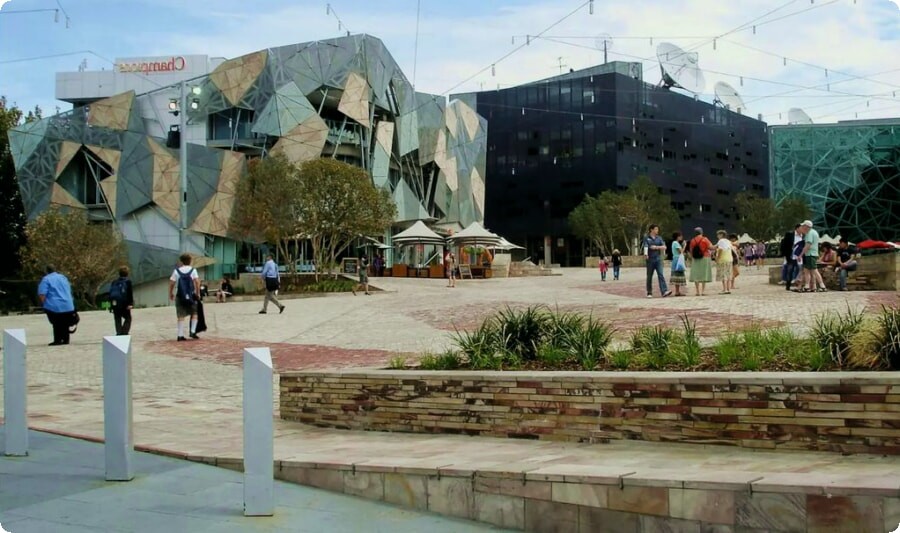
At certain buildings in this picturesque resort area, visitors can experience a winter village that transforms it into an icy white haven during colder months. Here they can engage in activities like ice skating and renting an igloo. While you're here, don't miss the ArtPlay playground - an exciting space designed especially for children with various activities like tube slides and swinging hammocks.
Open seven days a week, this playground is suitable for kids of all ages. Furthermore, don't miss the Zinc venue which offers various events throughout the year.
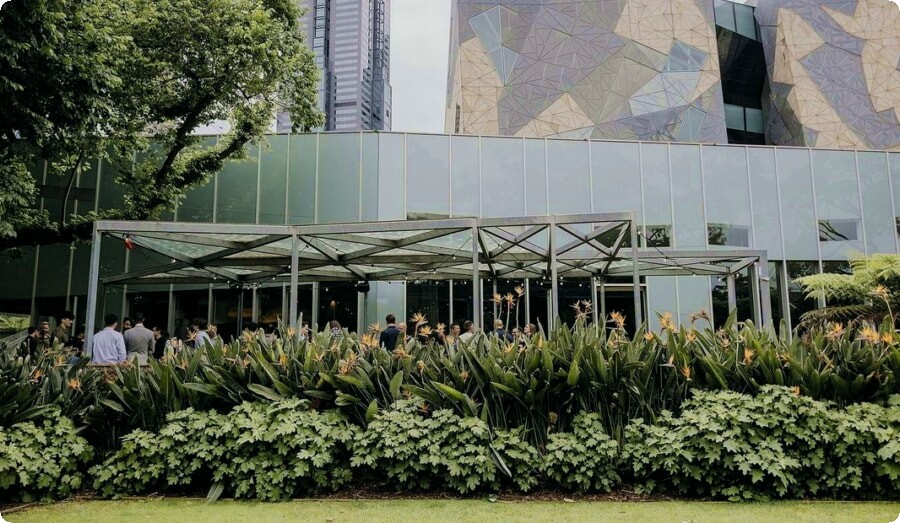
One of Melbourne's most captivating sights is Captain Cook's Cottage, situated in Fitzroy Gardens. If you're interested in history and learning about the 18th century, this is a must-visit. Inside, decorated with antiques, costumed guides explain life back then. In 1934, the building was transported to Melbourne and transformed into a major attraction in its gardens. It took an immense effort to bring down the cottage brick by brick and pack it into hundreds of cases and barrels before shipping them across the ocean to Australia.
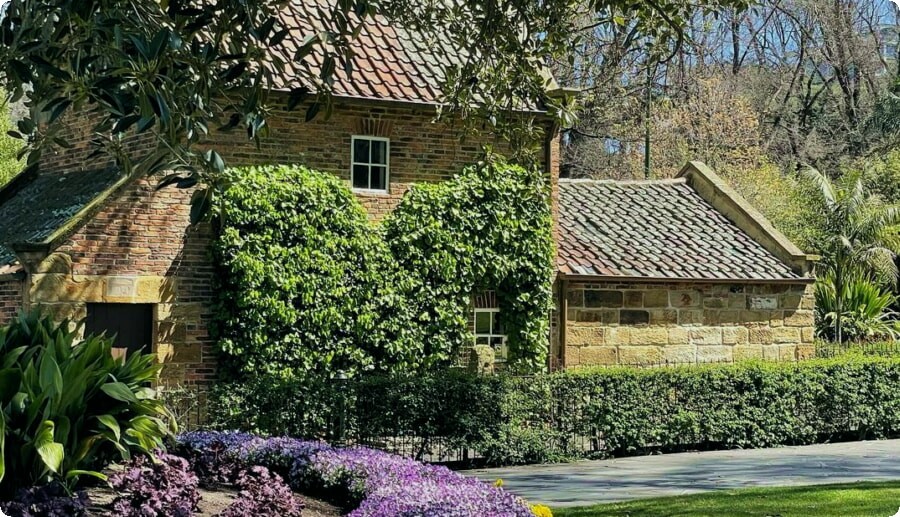
Russell Grimwade had the cottage recreated to its mid-18th century appearance in Melbourne, using materials as closely as possible to the original. He chose Fitzroy Gardens for its European trees and plants which could blend in with native Australian vegetation. After six months of construction, it was presented to Lord Mayor on 15 October 1934 during a centennial ceremony. Take a leisurely walk around and admire the stunning flowers in the Spanish mission-style conservatory. This is an ideal opportunity to get away from the city for some respite.

In 1933, Captain Cook relocated this cottage from Yorkshire, England and rebuilt it here in 1934. While not a traditional cottage, there is no proof that it was ever inhabited by him. Nevertheless, that doesn't make it any less interesting or significant.
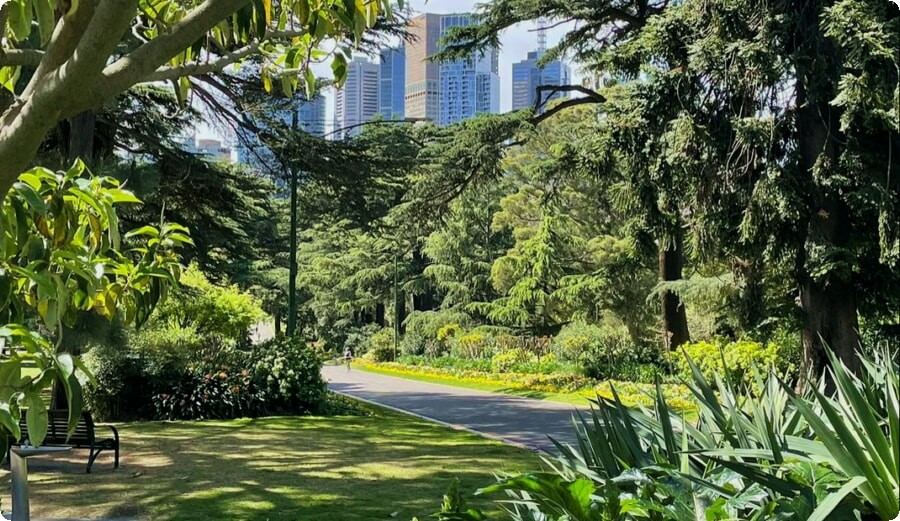
The Shrine of Remembrance in Melbourne is a poignant landmark that pays homage to Australian soldiers who have served in wars and armed conflicts for their country. It serves as an emotional memorial for families who come here to remember those lost, pay their respects to those serving, and pay respects to all members of the military community. Construction on the Shrine began in 1927 and was officially dedicated on 11 November 1934 by His Royal Highness The Duke of Gloucester to an audience of 300,000 people.
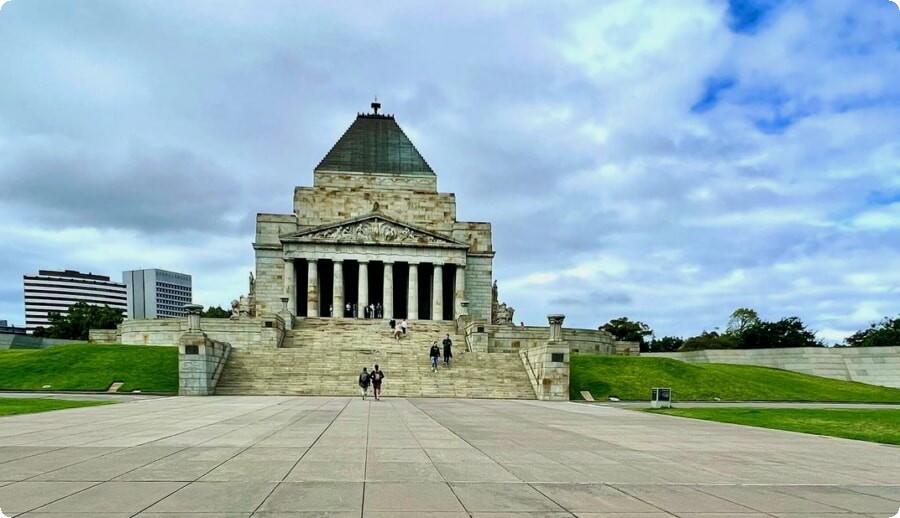
There was fierce controversy surrounding the design and form of the Shrine, which was meant as a memorial for Australians who served in World War I and later conflicts. Initially, it was proposed as an arch spanning across St Kilda Road; however this proposal was opposed by The Herald who felt it too severe, stiff, and heavy in appearance.
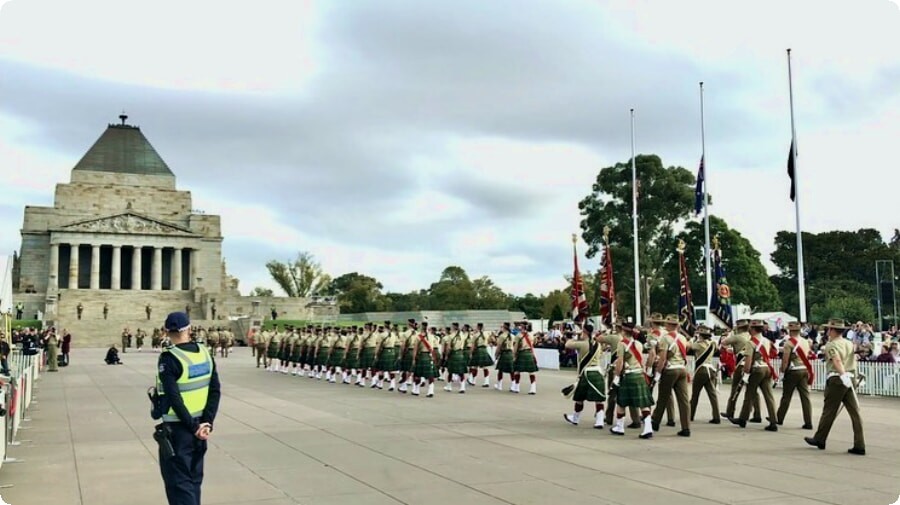
Eventually, however, the plans were altered and the building took an elliptical form with a central apse. The apse features a sunken Stone of Remembrance inscribed with the words: "Greater Love Hath No Man." At the entrance to the Shrine, visitors are welcomed by an Entrance Courtyard and, on the other side of the apse, a Garden Courtyard with its Legacy Olive Tree and seating area.
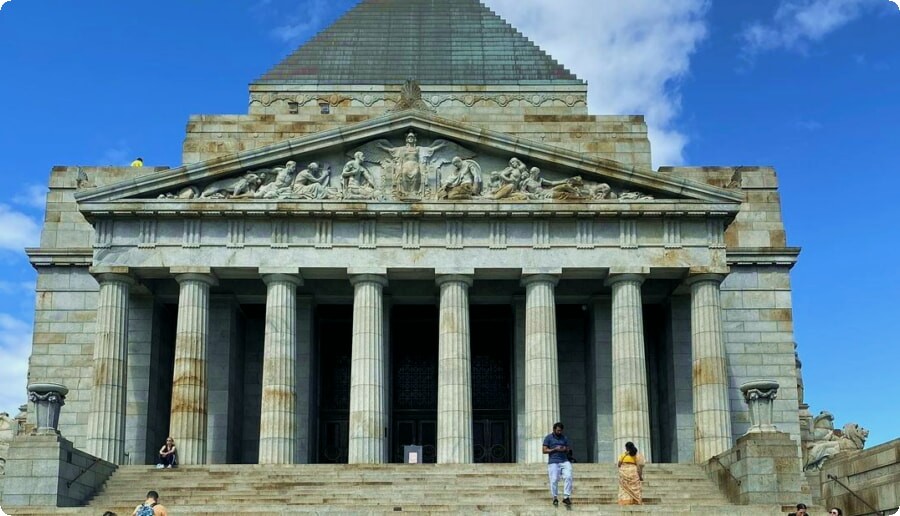
The Garden is adorned with four groups of statuary depicting Patriotism, Sacrifice, Goodwill and Justice. Each has a chariot drawn by lions that leads a small boy - symbolic of the many thousands of school children who contributed to the cost of construction. Since 2002, a Visitor Centre and museum have been constructed within the Shrine. This facility serves as an invaluable resource for visitors, boasting an auditorium, administrative areas, public conveniences. Furthermore, renovations to the Crypt have been made in order to improve access for veterans and their families.
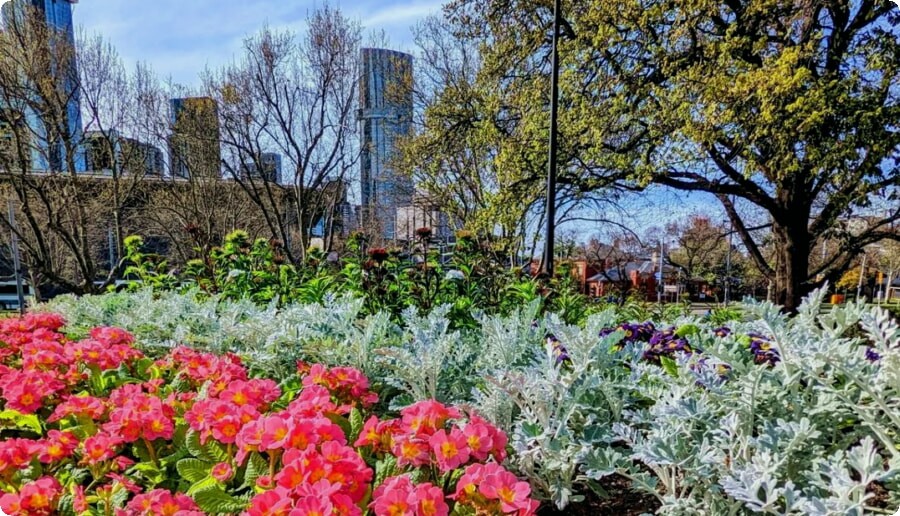
Scienceworks, a world-renowned museum situated near Spotswood Pumping Station in Melbourne, offers hands-on experiments and demonstrations as well as tours of its planetarium. Since 1992, this museum has been connecting industry, heritage and applied technology. Visitors can explore among the giant machines that kept the city running, witness electrifying theatre in The Lightning Room, explore immersive exhibitions and journey into deep space at the planetarium.
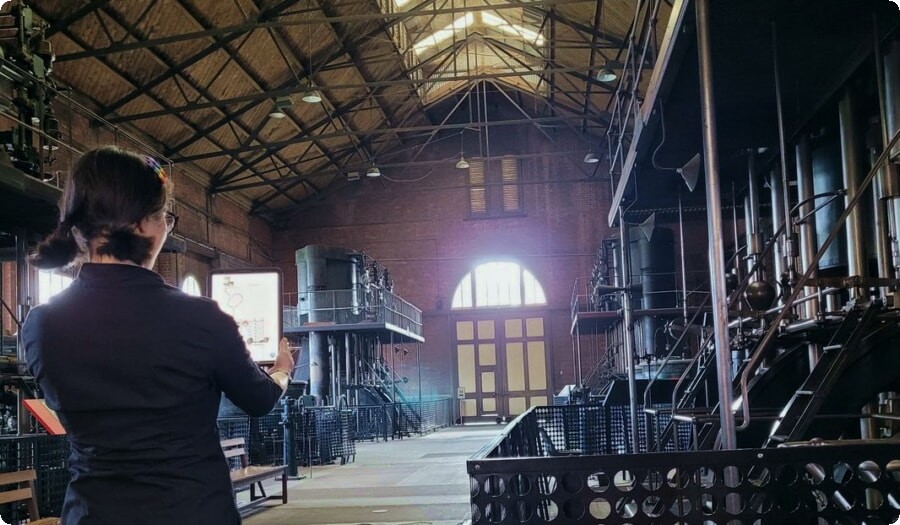
Kids have plenty of activities to choose from. For instance, they can join a robots and coding workshop from 30 April to 5 June or explore AI with an AI workshop from 18 May to 18 June. When visiting Melbourne with children, don't miss a trip to Scienceworks. Not only is the museum an excellent teaching tool for youngsters about various science subjects, but it's also an enjoyable destination for families as well.

Children will love exploring different types of art at this location. For instance, they can take part in the LightTime exhibition currently on display. Infinity Room visitors will experience a world of mirrors and digital displays that will challenge their sense of space. Lienors Torre's Light Pool installation uses hundreds of magnifying lenses to illustrate the relationship between light and objects. Visitors to the LightTime exhibition by eleven experimental artists during wintertime are invited to explore the power of light, its ability to create illusions and how it affects one's perception of time.

Flinders Street Station, an iconic landmark of Melbourne that has been around since 1854, remains a vital part of city life today. It serves as a major transportation hub with thousands of people passing through it daily. Its green copper dome and distinctive yellow facade make it one of the city's most recognizable sights.
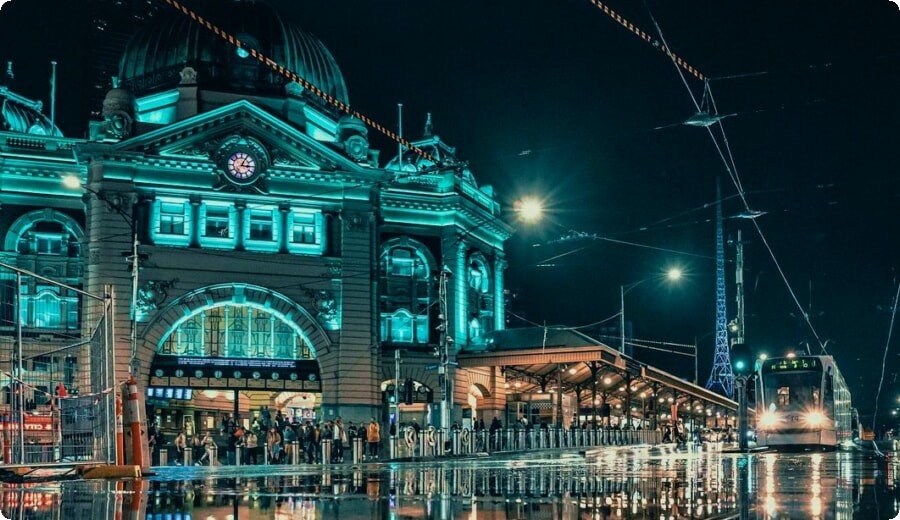
This building is Australia's oldest railway station, dating back to Victoria's colonial days. A reminder of Victoria's past, its many interesting features and remnants make it a must-visit for tourists. Flinders Street Station, once known as Melbourne Terminus, was Australia's first steam rail station when it opened its doors to passengers in 1854. Thousands gathered to witness history unfold as it arrived by steam train for the first time.

In 1909, it underwent a dramatic transformation and became one of Melbourne's iconic attractions. A green copper dome, an eye-catching yellow facade, clocks galore were added to the structure along with upper floors used as gyms, libraries and lecture halls. Melbourne is home to the longest railway platform in Australia at 708 metres long, serving as a meeting point for passengers and making it one of the most sought-after locations to catch a train in Melbourne.
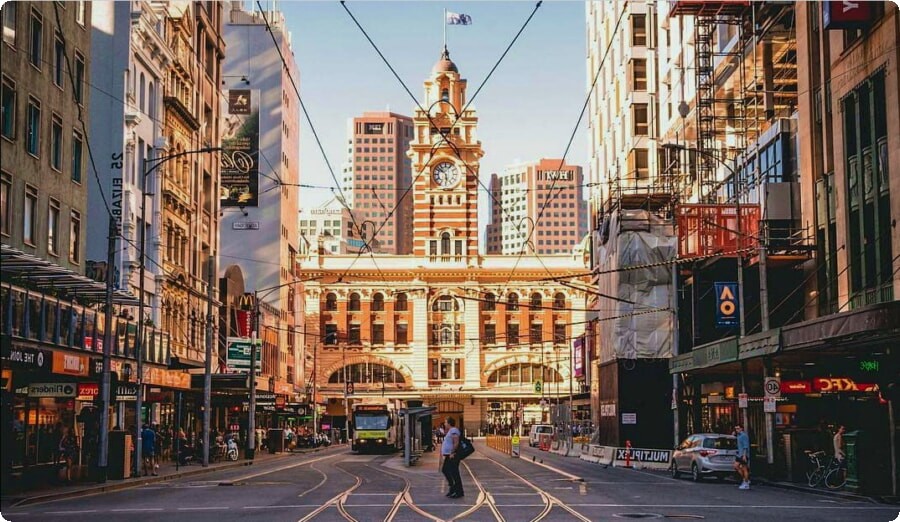
No matter if you're traveling by bus, tram or train, Moovit has the best routes and times to get you to Flinders Street Station. All you have to do is download the app to view schedules, fares and more - all without leaving home. Flinders Street Station, designed by John Fawcett and Henry Parkes Ashworth in 1896, is an iconic example of Victorian architecture that has stood the test of time. It has become one of Melbourne's most recognizable landmarks and a cultural icon that draws visitors from around the globe.